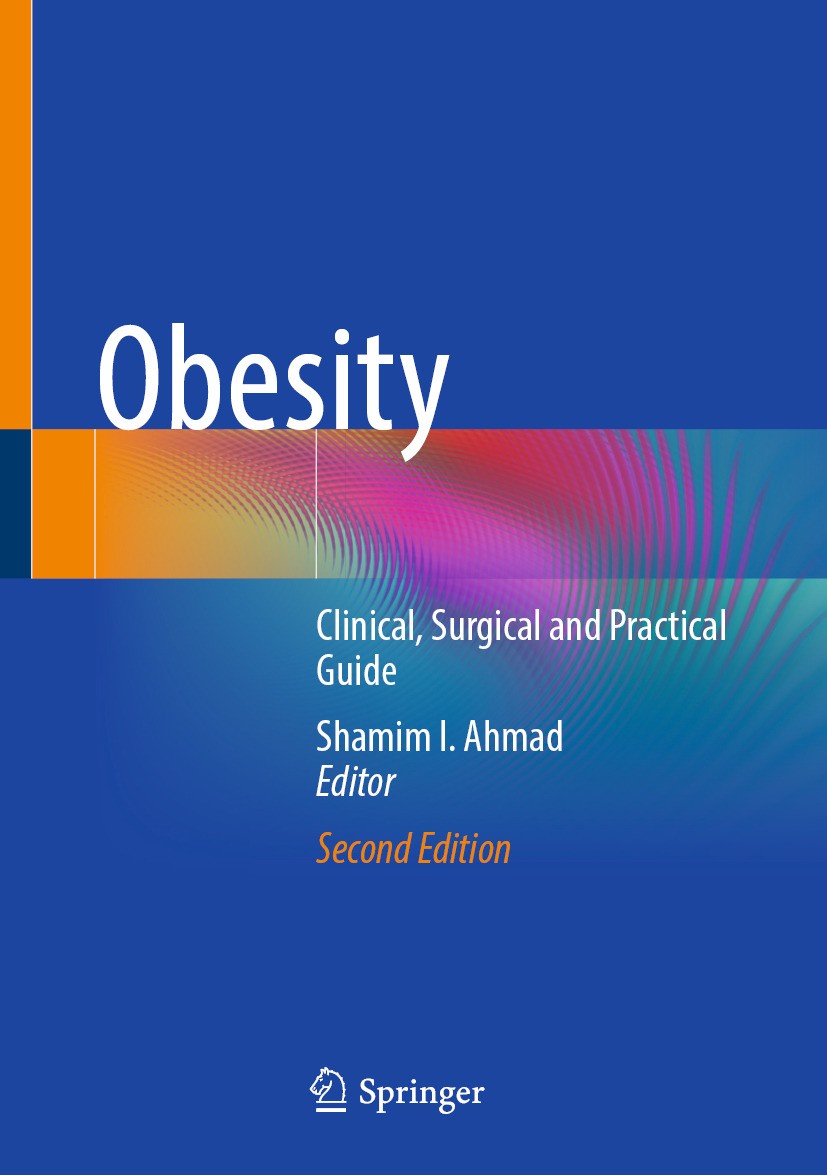| 书目名称 | Obesity | | 副标题 | Clinical, Surgical a | | 编辑 | Shamim I. Ahmad | | 视频video | http://file.papertrans.cn/701/700107/700107.mp4 | | 概述 | Covers how to apply the latest management strategies and technologies applicable to these patients.Describes how to perform a range of relevant bariatric surgical procedures.Features a section on comp | | 图书封面 |  | | 描述 | .This heavily revised second edition comprehensively examines the causes and effects of obesity, both on the human body as well as society as a whole. The significance obesity plays in the development of a variety of lethal and non-lethal diseases is discussed, and the prevention and treatment of obesity are looked at in detail. Treatment strategies such as bariatric surgical techniques and descriptions of how to apply the latest assessment technologies are provided for obese adult and pediatric patients. A new section to this edition covers the impact of COVID-19 on obese patients and how it can create extra complications... ..Obesity: Clinical, Surgical and Practical Guide. describes how to best treat and manage individuals with obesity utilizing the latest methodologies. Furthermore, it brings together a large number of international specialists in their field, making it a valuable resource for gastroenterologists, surgeons, researchers, dieticians, physicians, and healthcare providers.. | | 出版日期 | Book 2024Latest edition | | 关键词 | Adipose Tissue; Anti-Obesity Drugs; Dietitians; Effects of Obesity; Obesity Reduction | | 版次 | 2 | | doi | https://doi.org/10.1007/978-3-031-62491-9 | | isbn_softcover | 978-3-031-62493-3 | | isbn_ebook | 978-3-031-62491-9 | | copyright | The Editor(s) (if applicable) and The Author(s), under exclusive license to Springer Nature Switzerl |
The information of publication is updating

|
|
 |Archiver|手机版|小黑屋|
派博传思国际
( 京公网安备110108008328)
GMT+8, 2025-12-28 13:18
|Archiver|手机版|小黑屋|
派博传思国际
( 京公网安备110108008328)
GMT+8, 2025-12-28 13:18


